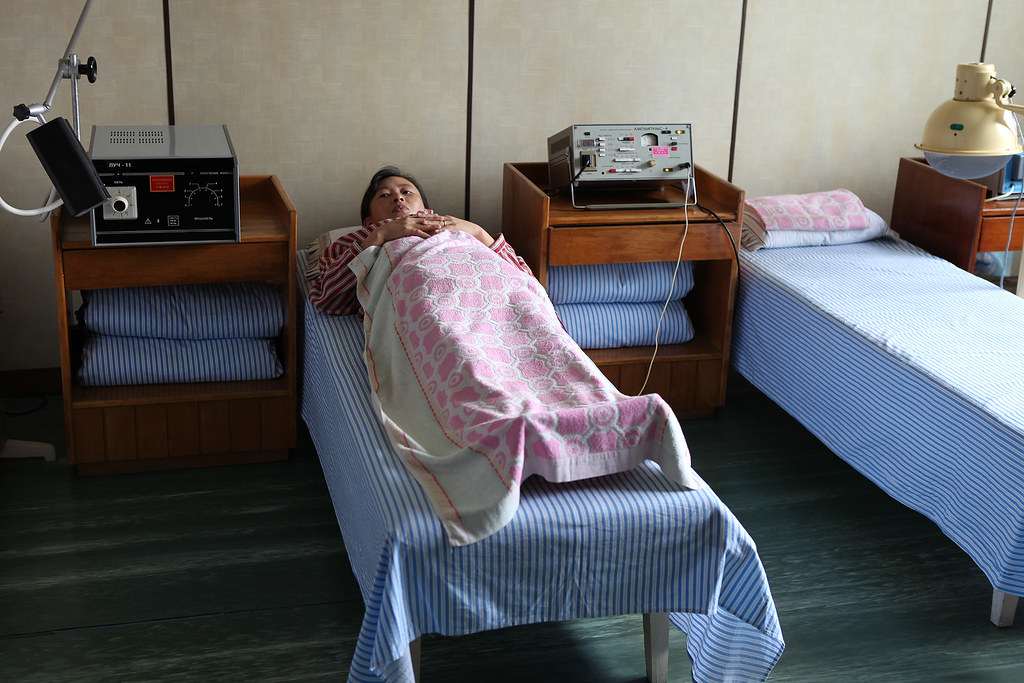
Novel Coronavirus Poses Unique Pandemic Threat to North Korea
Reports of the novel coronavirus 2019-nCoV spreading to regions bordering North Korea could pose a real risk to the North Korean people. As of February 5, there were 54 confirmed cases in Jilin province and 88 confirmed cases in Liaoning province, China’s two northeastern provinces that share a border with North Korea. 1 Nationwide mainland China has reported 24,607 confirmed cases. 2 Some local news reports on January 31, indicated there may be 1 to 2 confirmed cases in the Yanbian, a predominantly ethnic Korean region of Jilin province bordering North Korea. 3 The North Korean government has enacted a sweeping quarantine of foreign nationals and the shutdown of cross-border travel.
-The coronavirus arguably poses a unique threat to North Korea. The regime’s relative isolation from the international community hinders the widespread penetration of many diseases from abroad. However, the porous nature of the border with China and frequent travel is a clear vector for the virus’ transmission.
-If there are reports of the virus inside of North Korea, we should expect that the virus would spread rapidly given the state’s inability to contain a pandemic.
-North Korea’s insecurities about its health system have been evident in its draconian responses to past pandemics including SARS (2002-2003), Middle East respiratory syndrome [MERS] (2012), and Ebola (2018).
-Policy debates on North Korea tend to underestimate health as one of the regime’s key vulnerabilities.
-In 2020, the CSIS Korea Chair is launching a study of North Korea’s health infrastructure. Health is critical to both the current well-being of the North Korean people as well as developing future human capital potential of a reconciled Korean peninsula.
-A CSIS film “Gathering Health Storm Inside North Korea” examines the decay of North Korea’s health systems and the dangers posed both to neighboring countries as well as the North Korean people. The study found that the country’s basic “preparedness capacities to prevent, detect, and respond to pandemics fall far short” of what is necessary to face health crises. 4
Korea Chair Snapshot is a series by the CSIS Korea Chair providing key takeaways from breaking events of the day.
References
- 2019-nCoV Global Cases by Johns Hopkins CSSE. Accessed February 5, 2020. https://gisanddata.maps.arcgis.com/apps/opsdashboard/index.html#/bda7594740fd40299423467b48e9ecf6. ↩
- 2019-nCoV Global Cases by Johns Hopkins CSSE. Accessed February 5, 2020. https://gisanddata.maps.arcgis.com/apps/opsdashboard/index.html#/bda7594740fd40299423467b48e9ecf6. ↩
- See for example, Kim Young Gwon, “코로나바이러스 북-중 접경 도시 확산…탈북민 송환도 중단,” (Coronavirus expands near DPRK-China Border… Repatriation of North Korean refugees stopped), VOA Korea, February 2, 2020, https://www.voakorea.com/korea/korea-politics/coronavirus-northkoreadefectors and Elizabeth Shim, “China coronavirus reaches province near North Korea,” UPI, January 30, 2020, https://www.upi.com/Top_News/World-News/2020/01/30/China-coronavirus-reaches-province-near-North-Korea/8311580398523/. ↩
- CSIS. “The Gathering Health Storm Inside North Korea.” https://www.csis.org/analysis/gathering-health-storm-inside-north-korea. ↩
